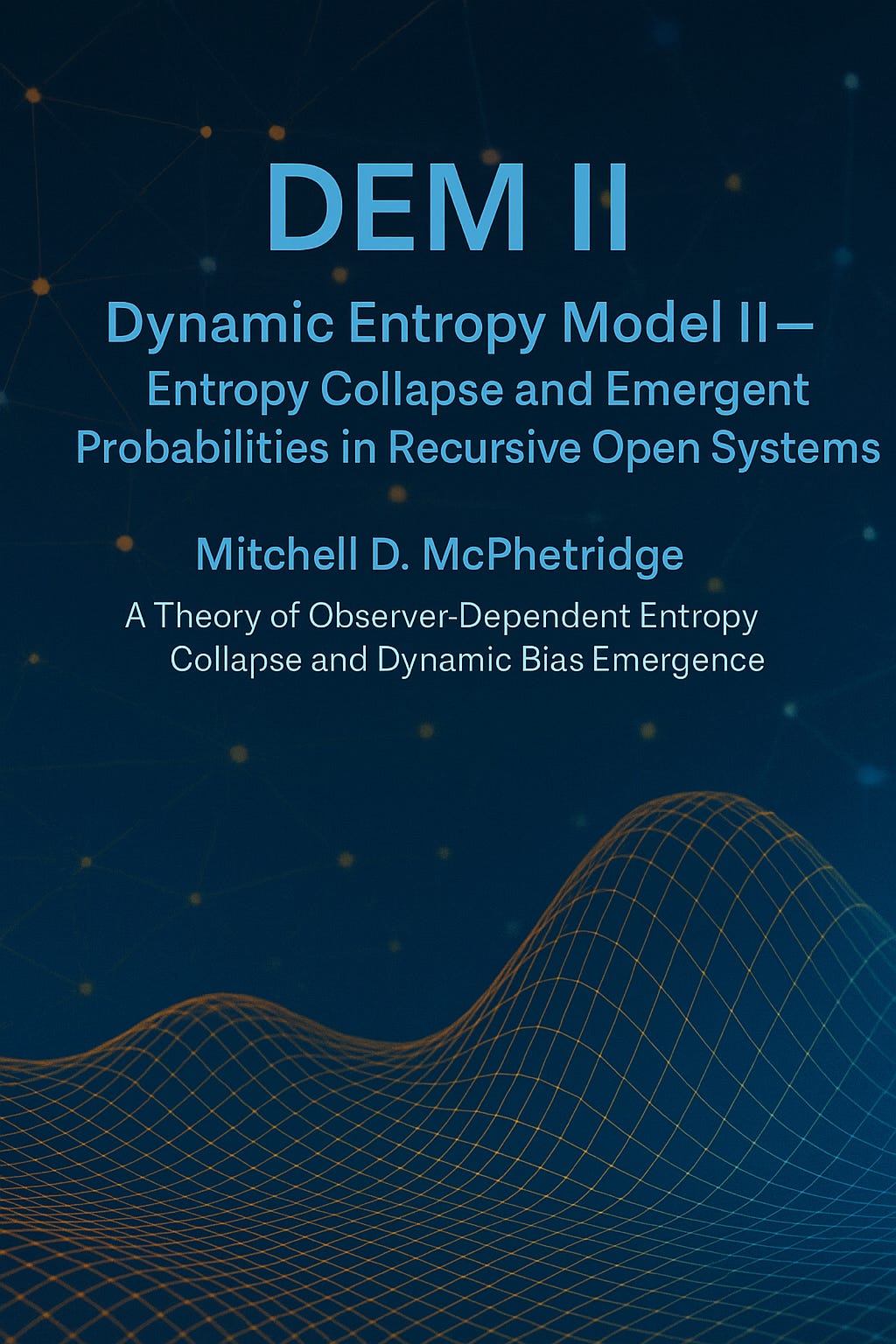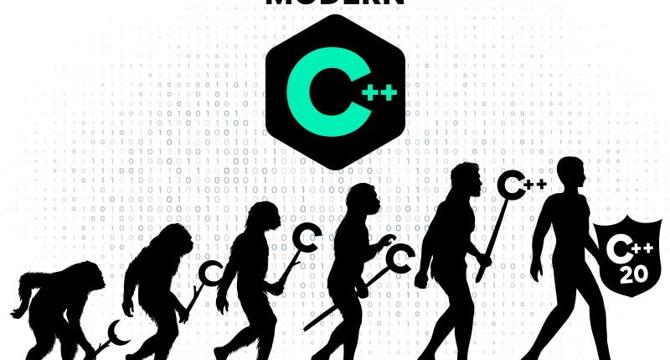Programming News
Medium
72

Image Credit: Medium
Counter-terrorism police investigating fire at Keir Starmer’s house in London
- Counter-terrorism police are investigating a fire at a home owned by Keir Starmer in London.
- The fire broke out in the early hours of Monday morning, with the door being damaged but no injuries reported.
- The property is reportedly let out by Keir Starmer, who resides in Downing Street.
- Police are treating the blaze as suspicious and have put the counter-terrorism command in charge of the investigation as a precaution.
Read Full Article
4 Likes
Dev
191

Image Credit: Dev
How APIs Work: The Invisible Force Behind Modern Apps
- APIs are the backbone of modern apps, enabling seamless communication, data sharing, and real-time functionality.
- API stands for Application Programming Interface, acting as a bridge between applications to facilitate communication.
- Real-life examples include ride-sharing apps using Google Maps APIs, weather apps using real-time weather APIs, and e-commerce platforms utilizing payment APIs.
- Understanding APIs opens up opportunities to build web and mobile apps, connect to third-party services, automate tasks, and create professional software.
Read Full Article
11 Likes
Dev
382

Image Credit: Dev
# The Rise of Simplicity in Frontend: Escaping the Framework Overload
- Frontend development has seen a rapid evolution over the past decade from jQuery to React, Angular, Vue, Svelte, and Astro, leading to a proliferation of tools and frameworks.
- There is a growing trend towards simplification in frontend development, with developers shifting focus to tools that prioritize simplicity, performance, and native browser features like Astro, HTMX, Svelte, Vanilla Extract, UnoCSS, and Qwik.
- The industry is experiencing 'Frontend Fatigue,' where developers feel overwhelmed by the constant churn of tools and best practices, prompting a reevaluation of the frontend development ecosystem.
- The emerging philosophy in frontend development emphasizes minimalist approaches, focusing on simplifying state management, component composition, routing, styling, and performance for more efficient and maintainable code.
Read Full Article
23 Likes
Towards Data Science
214

Running Python Programs in Your Browser
- WebAssembly (WASM) technology enables running Python code directly in the browser, expanding web capabilities beyond HTML, CSS, and JavaScript.
- Pyodide library leverages WebAssembly, benefiting Python developers by allowing execution of Python code in the browser.
- Benefits of using Pyodide include access to popular Python libraries like NumPy, Pandas, Scikit-learn, and Matplotlib for data science and machine learning tasks.
- Pyodide facilitates building interactive dashboards and tools by combining Python's processing power with web technologies like HTML, CSS, and JavaScript.
- WebAssembly offers portability, high performance, security, and allows developers to write code in languages like C, C++, Rust, and Python, providing near-native execution speed.
- Common use cases of WebAssembly include high-performance web apps, porting legacy code, multimedia processing, scientific computing, and running multiple languages like Python in the browser.
- Pyodide's integration with WebAssembly enables running Python in the browser, offering benefits such as extensive library ecosystem usage, enhanced responsiveness, and simplified deployment.
- The Pyodide project involves porting the CPython interpreter to WebAssembly, allowing for a functional Python interpreter optimized for web environments.
- Code examples demonstrate running Python code in the browser using Pyodide, including simple print statements, mathematical calculations, calling Python functions from JavaScript, and utilizing libraries like NumPy and Matplotlib.
- Further examples showcase running Pyodide in a Web Worker for heavy computations, creating data dashboards directly in the browser, and visualizing data using Numpy and Matplotlib.
- The combination of Python, Pyodide, and WebAssembly offers a powerful toolset for developers to run Python programs within browsers, opening up possibilities for interactive web applications.
Read Full Article
12 Likes
Discover more
- Software News
- Web Design
- Devops News
- Open Source News
- Databases
- Cloud News
- Product Management News
- Operating Systems News
- Agile Methodology News
- Computer Engineering
- Startup News
- Cryptocurrency News
- Technology News
- Blockchain News
- Data Science News
- AR News
- Apple News
- Cyber Security News
- Leadership News
- Gaming News
- Automobiles News
Towards Data Science
319

Will You Spot the Leaks? A Data Science Challenge
- The article challenges readers to identify data leakage in a real-world data science scenario.
- It emphasizes practical examples over theoretical explanations of data leakage.
- The challenges include spotting various types of leakage like target variable leakage and train-test split contamination.
- It provides examples and solutions for identifying and fixing data leakage in a dataset.
- Readers are prompted to identify problematic columns and preprocessing steps that may lead to data leakage.
- The article presents a scenario involving aircraft accident prediction to illustrate potential data leakage sources.
- It outlines key concepts like direct and indirect leakage, temporal leakage, and entity leakage.
- The article points out pitfalls to avoid, such as analyzing the full dataset before splitting and fitting transformations prior to data splitting.
- It concludes by emphasizing the importance of rigorous evaluation and critical thinking to manage data leakage effectively in model development.
- Readers are encouraged to examine code and processing decisions to prevent data leakage leading to costly model failures.
Read Full Article
19 Likes
Medium
245

Image Credit: Medium
DEM II: Dynamic Entropy Model II; Entropy Collapse and Emergent Probabilities in Recursive Systems
- The article introduces the Dynamic Entropy Model II (DEM II), a post-Shannonian framework that models entropy as an emergent, recursive, and observer-sensitive flow within open systems.
- DEM II addresses the limitations of classical Shannon entropy by considering observation collapse, emergent probability distributions, and chaotic environmental coupling.
- Entropy in real-world systems is portrayed as an evolving property influenced by interactions, collapse events, and environmental entanglement, rather than a passive function of known probabilities.
- It integrates tools from information theory, control theory, stochastic dynamics, AI, and philosophy of physics to redefine entropy as an actively regulated, emergent structure.
- Core contributions of DEM II include a dynamic entropy model accounting for observer interaction, observation-induced probability reweighting, and an entropy-feedback control mechanism.
- The article discusses simulation goals comparing classical Shannon entropy with DEM II entropy under various scenarios like biased vs unbiased starting distributions and feedback entropy controllers.
- Applications of DEM II range from quantum systems to AI ethics, ecological modeling, cognitive architectures, and generative AI, showcasing its diverse potential domains.
- The paper delves into technical aspects like time-dependent entropy evolution equations, probabilistic evolution models, entropy feedback control mechanisms, and entropy engineering from an optimal control perspective.
- The proposed theory envisions entropy as a steerable dimension, essential for fields like AI, quantum computing, ecosystem modeling, and neuromorphic hardware.
- The article emphasizes the synergistic architecture of DEM and DREM for modeling learning systems and adaptive autonomy, paving the way for Artificial General Intelligence (AGI) and intelligent self-regulation.
- By bridging information theory, control theory, thermodynamics, machine learning, and biological adaptation, DEM II offers a fresh perspective on the interplay between entropy and complex systems.
Read Full Article
14 Likes
Mjtsai
182

Pasteboard Privacy Preview in macOS 15.4
- Apple is introducing a feature in macOS 15.4 that alerts users when an app programmatically reads the general pasteboard.
- New detect methods in NSPasteboard and NSPasteboardItem allow apps to examine pasteboard data without reading them and trigger alerts.
- NSPasteboard now includes an accessBehavior property to control programmatic pasteboard access permissions.
- Users can prepare for this by adopting the new APIs and enabling the behavior for their apps using a specific terminal command.
Read Full Article
10 Likes
Medium
336

Image Credit: Medium
Modern C++23/26: from concepts to coroutines in high-performance services
- C++23 and C++26 bring features enhancing performance and productivity in high-performance services, such as real-time analytics and game servers.
- Concepts in C++ define requirements for template parameters, improving error handling and compiler optimizations.
- C++23 refines concepts with better library integration, making codebases more robust and enabling precise type constraints.
- Coroutines in C++20 simplify asynchronous programming and are lightweight constructs useful for handling concurrency in high-performance systems.
- Coroutines utilize keywords like co_await and enable event-driven models for efficient scaling.
- C++23 enhances library support for coroutines, making them more practical for real-world applications.
- The std::ranges library in C++20 and C++23 offers modern sequence manipulation, aiding lazy evaluation for better performance.
- Modules in C++23 improve compilation efficiency by replacing headers, leading to faster builds.
- C++23 expands constexpr and introduces tools for leveraging multi-core CPUs in performance-critical applications.
- Expected features in C++26 include static reflection and pattern matching for code optimization and readability.
Read Full Article
20 Likes
Dev
423

Image Credit: Dev
JS Journey: A Beginner’s Roadmap to Web Mastery
- JavaScript is a vital programming language for web development, essential for anyone aiming to become proficient in the field.
- It is responsible for interactive elements on websites, including simple tasks and complex web applications.
- JavaScript complements HTML and CSS by adding behavior and interactivity to web pages.
- Key tools needed to start coding JavaScript are a text editor, web browser, and developer tools for testing and debugging.
- Basic JavaScript concepts include variables, data types, operators, expressions, control flow with conditions and loops.
- Intermediate concepts feature functions, DOM manipulation, and handling events for interactive web elements.
- Advanced JavaScript topics include asynchronous JavaScript, ES6+ features, and exploring frameworks and libraries like React and Vue.
- Consistent practice, project building, and mastering new challenges are crucial for advancing JavaScript skills.
- The journey to mastering JavaScript requires time and dedication, unlocking the potential to become a proficient web development expert.
Read Full Article
25 Likes
Dev
136

Image Credit: Dev
How Do You Actually Get Promoted to Senior Programmer?
- To become a senior programmer, standing out is essential to climb the corporate ladder and get noticed by higher-ups in the company.
- Taking on challenging projects, even if they involve risk, can help showcase your skills and dedication in the workplace.
- Being a team player by actively participating, staying late to assist during critical times, and showing reliability to the team is crucial for career progression.
- Having a diverse skill set beyond programming, such as database management, server management, networking, and project management, is vital for becoming a senior developer.
- Gaining experience in various areas of software development and being adaptable to different technologies can increase visibility within the company.
- By taking on complex projects, offering help to the team, and continuously learning during the early stages of a career, one can pave the way to achieving the 'senior' designation.
- Committing to hard work, facing challenges, and actively engaging with colleagues are key components in the journey from junior to senior programmer.
- Being proactive in seeking opportunities to enhance skills, gaining exposure in different aspects of development, and contributing to team success are essential in progressing to a senior role.
- Ultimately, demonstrating expertise, adaptability, and a willingness to go above and beyond in your responsibilities are fundamental in earning the title of senior programmer.
- Maintaining a strong work ethic, being involved in diverse projects, and displaying a collaborative attitude are pivotal in advancing one's career in software development.
- Following these steps can lead to achieving seniority in the field and establishing oneself as a valuable asset within the organization.
Read Full Article
8 Likes
Dev
40

Image Credit: Dev
Modern CSS Spritesheets with Native HTML Elements
- Using sprite sheets in Modern CSS involves applying CSS classes with pre-calculated coordinates or using
elements for better accessibility and semantics.
- The approach introduces scaling of individual sprites using object-fit and object-position properties, with pre-calculated values stored in a .ts file.
- Dynamic setting of object-position on
elements can be achieved with a helper function, enhancing the presentation of sprite images.
- Benefits of sprite sheets include reducing HTTP requests and eliminating the 'pop-in' effect, but they may introduce complexity and be less flexible compared to standalone images.
Read Full Article
2 Likes
Logrocket
318

Image Credit: Logrocket
10 usability testing tools for your UX team
- Usability testing is essential for every UX specialist to gather feedback from end users.
- Selecting the right usability testing tool involves considering factors like integration with design tools, testing methods, analysis output, recruitment options, and pricing.
- Popular usability testing tools include Lookback, Maze, Optimal Workshop, Trymata, Lyssna, Useberry, Userlytics, UserTesting, Userfeel, UXtweak, Userbrain, and Hotjar.
- These tools offer various testing methods, integrations, and pricing plans to cater to different user research needs.
- Emerging trends in usability testing include the integration of AI tools for faster data analysis and smarter user simulations.
- Consider factors like usability expertise, testing goals, and panel requirements when selecting a usability testing tool.
- Each tool has its strengths, with some focusing on prototypes, general usability, formative testing, qualitative testing, niche panels, or iterative design processes.
- Free plans and trials are available for some tools, making it easier to explore usability testing options without a financial commitment.
- Ultimately, choosing the right usability testing tool depends on your specific requirements and goals for gathering user feedback.
- Good luck in finding the best usability testing tool for your UX team!
Read Full Article
19 Likes
Medium
186

7 Common Problems Users Face While Installing JDK (Java Development Kit) – And How to Fix Them
- Problems with JDK installation often arise due to incorrectly set environment variables causing the system to not locate the JDK properly.
- Ensure the JAVA_HOME environment variable is set to the JDK path and add %JAVA_HOME%\bin to the system Path variable to resolve these issues.
- Downloading the correct JDK version that matches your system type, uninstalling conflicting JDK or JRE versions, and granting proper permissions during installation are crucial for successful setup.
- Manually configuring JDK locations in IDEs like Eclipse or IntelliJ and overcoming macOS restrictions on unsigned apps or permissions are necessary steps for proper JDK installation.
Read Full Article
11 Likes
Medium
259

“Optimizing Cloud Web Servers: Why Linux Is the Backbone of DevOps in 2025”
- LIT, or Linux Infrastructure Tools, are essential software used by DevOps engineers for efficient infrastructure management.
- Core tasks of a DevOps engineer include setting up build and release pipelines, automating deployments, managing security, and optimizing cloud infrastructure.
- Linux is crucial in DevOps, encompassing mastery of Linux commands, scripting, automation tools like Terraform and Ansible, and containerization with Docker & Kubernetes.
- The article emphasizes the importance of Linux in the backbone of DevOps in 2025 for seamless software delivery, infrastructure management, and application optimization.
Read Full Article
15 Likes
Javacodegeeks
145

Image Credit: Javacodegeeks
When to Use Affordance vs. Link in Hypermedia Controls
- Spring HATEOAS introduces the concepts of Link and Affordance in REST APIs for enriching API responses with navigable metadata.
- A Link represents a navigable hyperlink, while an Affordance describes possible actions at a linked URI, including HTTP operations and input metadata.
- Links are used for navigation to another resource or read-only endpoints, while Affordances are used when client interaction and action descriptions are required.
- Best practices include starting with Links for navigation, adding Affordances when needed for client interaction, and being intentional with defining relationship types.
Read Full Article
8 Likes
For uninterrupted reading, download the app